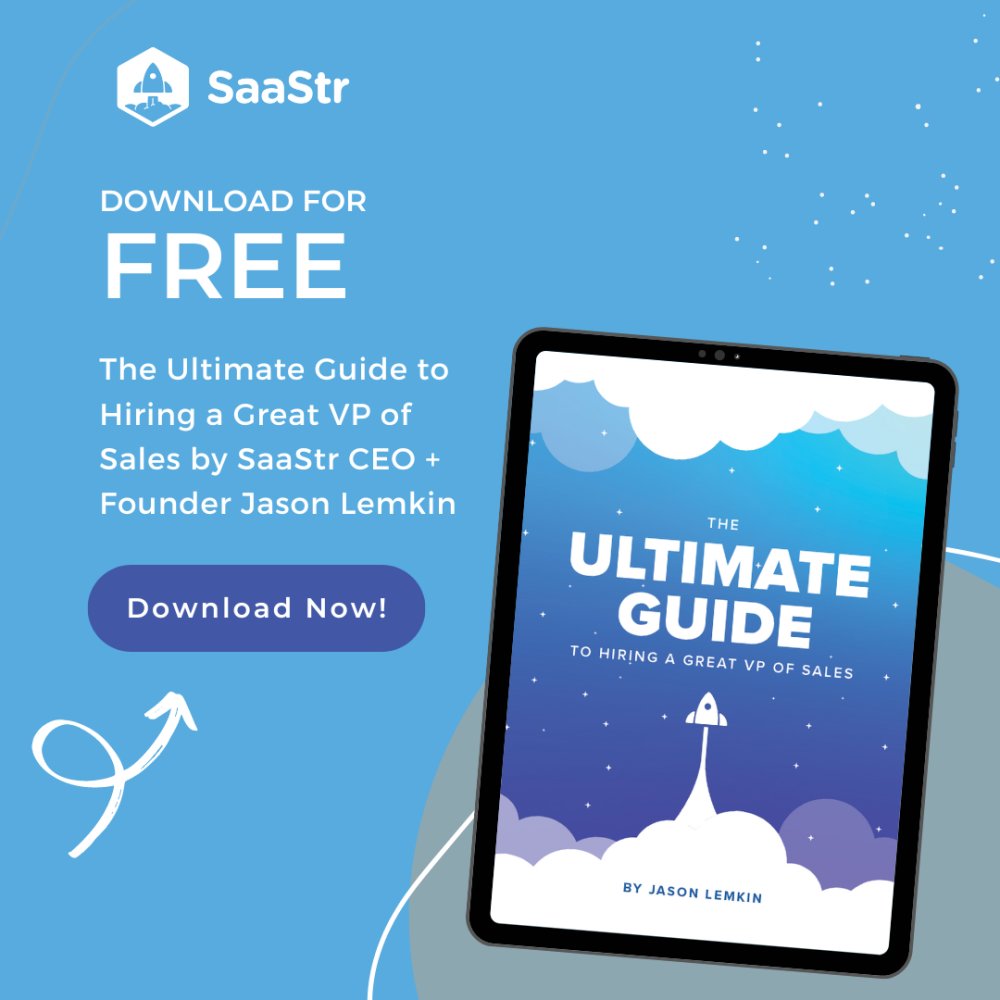So with the whiplash from the public markets falling more than 50% in 2022, and venture markets in turn basically freezing up in the later stages, focus turned away from growth to cash conservation. And to capital efficiency.
The same happened in the public markets, as everyone suddenly had to march toward profitability faster.
But … it’s not a free lunch. Just cutting costs but not growing doesn’t work outside of very short windows.
So how fast do you have to grow, even with less capital, and a need to be more efficient?
Well, Scale Venture Partners did this analysis a few years ago before the markets went insane and unicorns briefly became commonplace.
The answers are above. These are the base numbers it takes to get VCs interested … because that’s what it takes to ultimately IPO:
- VCs are hoping for SaaS startups growing 2.5x-3x at $5m ARR. At least, they’ll want you to be doubling, hitting 100% growth.
- VCs will hope you are growing at least 100% at $10m ARR. But you have to be growing at least 77% to eventually IPO.
- VCs are hoping you are growing at least 80% at $30m ARR. But you have to be growing at least 50% to eventually IPO.
- And so on, as you can see above.
The best of the best grow faster — often far faster. But not everyone does. Still, the math of compounding requires certain growth rates to ever get to $100m ARR, and then to still be growing at “growth” rates once you get there.
In these times, it’s worth taking a look at the chart above and making sure you aren’t so focused on efficiency and the burn rate that you miss the picture on growth. No one is going to fund you if you can’t hit the growth rates above. At least be aware of that.
Every startup can take a partial pause for a quarter or so on growth in crazy times if they have to. But ultimately, you have to put up the points. If not 100% growth at $10m ARR, at least 77%. You need a path to at least grow at the above rates. More is better. But below that, you aren’t on an IPO / venture / top M&A path.
And you may still do OK, but you won’t be fundable or on a path to an IPO or likely a very large outcome.
And if you aren’t, be very capital efficient. The story really only ends well if you sell for 10x or more than you raise. More on that here.



